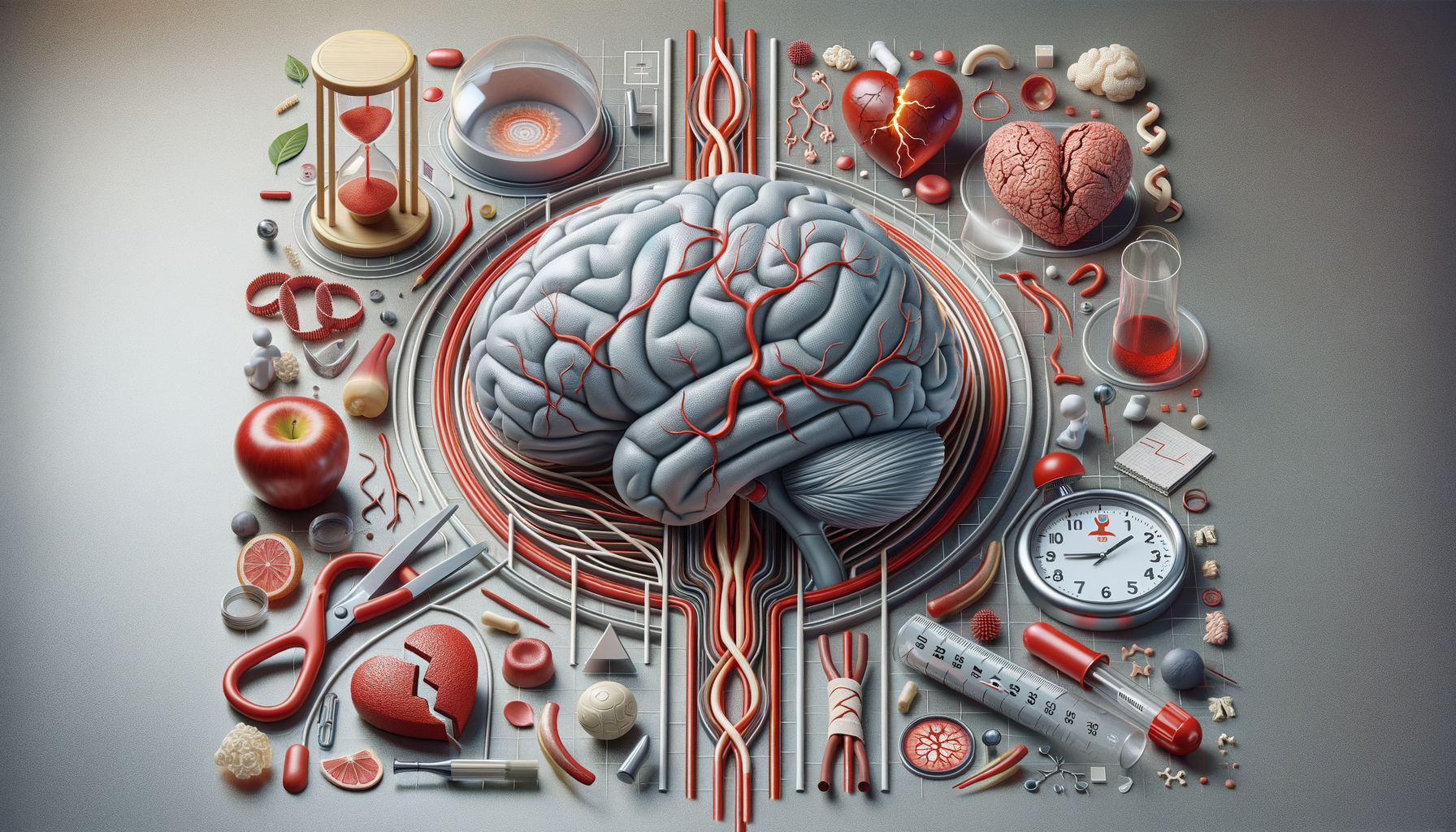
Stroke Warning Signs & Causes Explained
Recognizing Stroke Symptoms: A Vital First Step
Recognizing the symptoms of a stroke is crucial because timely medical intervention can significantly improve outcomes. A stroke occurs when blood flow to a part of the brain is interrupted, either by a blockage or a burst blood vessel. The symptoms can vary greatly depending on the type of stroke and the area of the brain affected. Common symptoms include sudden numbness or weakness in the face, arm, or leg, particularly on one side of the body. Other signs might be confusion, trouble speaking or understanding speech, difficulty seeing in one or both eyes, and sudden trouble walking, dizziness, loss of balance, or lack of coordination. The key to managing a stroke effectively is rapid recognition and response. The acronym FAST is often used to help remember the critical signs: Face drooping, Arm weakness, Speech difficulties, and Time to call emergency services. Each minute counts, so understanding these symptoms can save lives.
The Different Types of Stroke: Understanding the Causes
Strokes are categorized into three main types: ischemic, hemorrhagic, and transient ischemic attacks (TIA). Ischemic strokes, which account for about 87% of all strokes, occur when a blood clot blocks or narrows an artery leading to the brain. These can be caused by fatty deposits lining the vessel walls, known as atherosclerosis. Hemorrhagic strokes happen when a blood vessel in the brain bursts, leading to bleeding in or around the brain. This can result from conditions such as high blood pressure, aneurysms, or trauma. Transient ischemic attacks, often called mini-strokes, are temporary blockages that do not cause permanent damage but serve as a warning sign for potential future strokes. Understanding these types helps in identifying the risk factors and potential preventive measures. For instance, controlling blood pressure, managing cholesterol, and maintaining a healthy lifestyle can reduce the risk of both ischemic and hemorrhagic strokes.
Risk Factors and Prevention: Reducing the Stroke Threat
Several risk factors can increase the likelihood of experiencing a stroke. Some are uncontrollable, such as age, family history, and gender, with strokes being more common in people over the age of 55 and slightly more prevalent in men. However, many risk factors are modifiable. High blood pressure is the most significant risk factor for stroke, and managing it through medication, diet, and exercise can greatly reduce stroke risk. Other controllable factors include smoking, obesity, physical inactivity, and excessive alcohol consumption. Diabetes and high cholesterol also contribute to stroke risk, making regular health screenings and appropriate management essential. Prevention strategies focus on lifestyle changes such as adopting a balanced diet rich in fruits, vegetables, and whole grains, regular physical activity, and avoiding tobacco and excessive alcohol. Such proactive measures can significantly lower the chances of a stroke.
Immediate Response: What to Do in Case of a Stroke
In the event of a stroke, immediate action is crucial. Recognizing the symptoms and responding quickly can mean the difference between recovery and severe disability or even death. If you suspect someone is having a stroke, call emergency services immediately. While waiting for help, keep the person comfortable and calm. Do not offer them food, drink, or medication, as swallowing difficulties are common during a stroke. Time is of the essence because certain treatments for ischemic strokes, such as clot-busting drugs, are most effective when administered within the first few hours. Encourage everyone to familiarize themselves with the FAST acronym and to act swiftly. Additionally, having an emergency plan and knowing the location of the nearest hospital equipped to handle strokes can further ensure timely treatment.
Long-Term Management and Recovery: Life After a Stroke
Recovering from a stroke is a long-term process that involves medical treatment, rehabilitation, and lifestyle adjustments. Rehabilitation may include physical therapy to improve movement and strength, occupational therapy to regain daily skills, and speech therapy if communication is affected. Emotional support and counseling can also be vital, as depression and anxiety are common post-stroke challenges. Long-term management focuses on preventing future strokes and improving quality of life. This includes regular monitoring of blood pressure, cholesterol levels, and managing conditions such as diabetes. Lifestyle changes play a crucial role; a heart-healthy diet, regular exercise, and avoiding smoking and excessive alcohol can aid recovery and prevent recurrence. Support from family, friends, and healthcare professionals is essential in navigating the journey to recovery and regaining independence.


